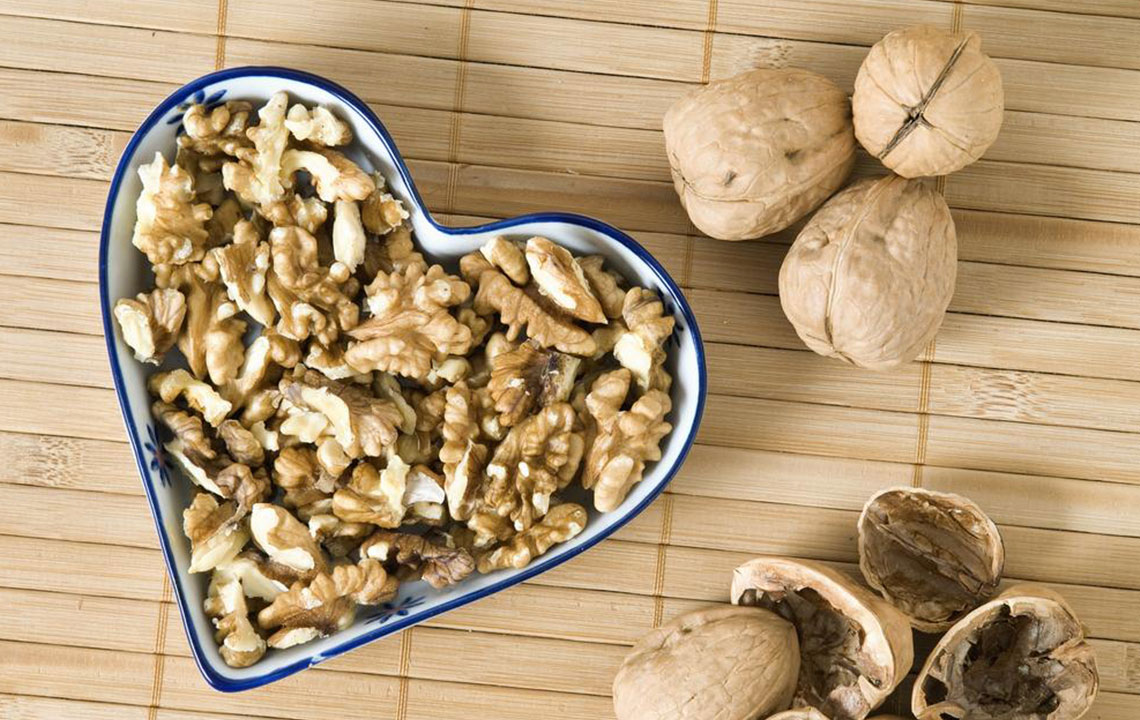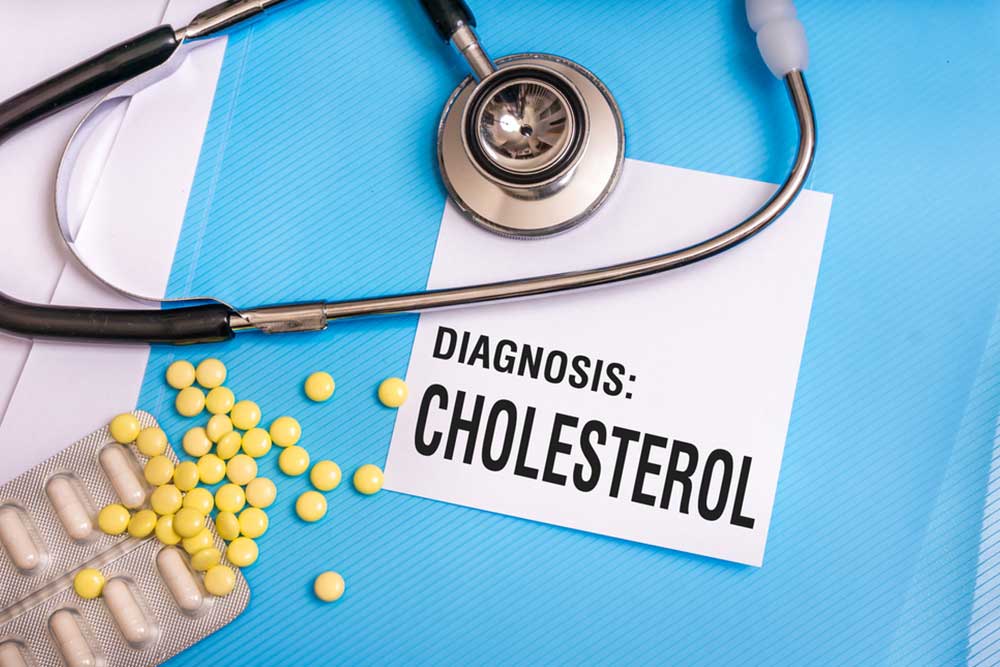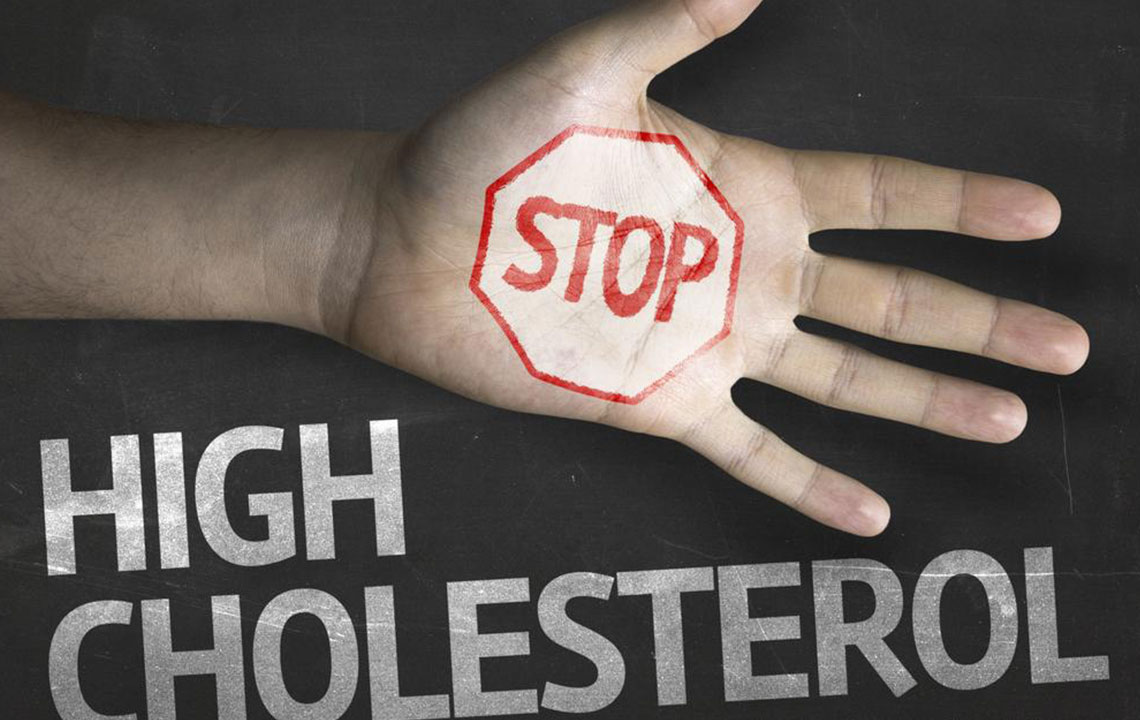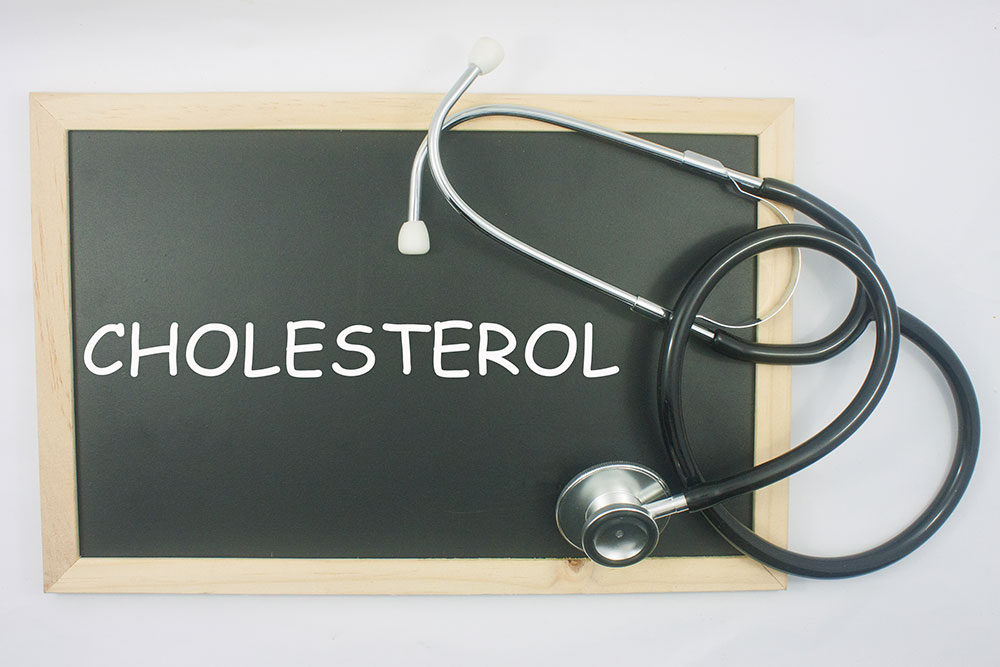Comprehensive Guide to Cholesterol and Heart Health Management
This comprehensive guide explores the vital role of cholesterol in heart health, detailing how to manage levels through diet, lifestyle, and medical intervention. Learn about LDL, HDL, and VLDL, and discover practical tips for maintaining optimal heart health for all age groups, especially those at higher risk.
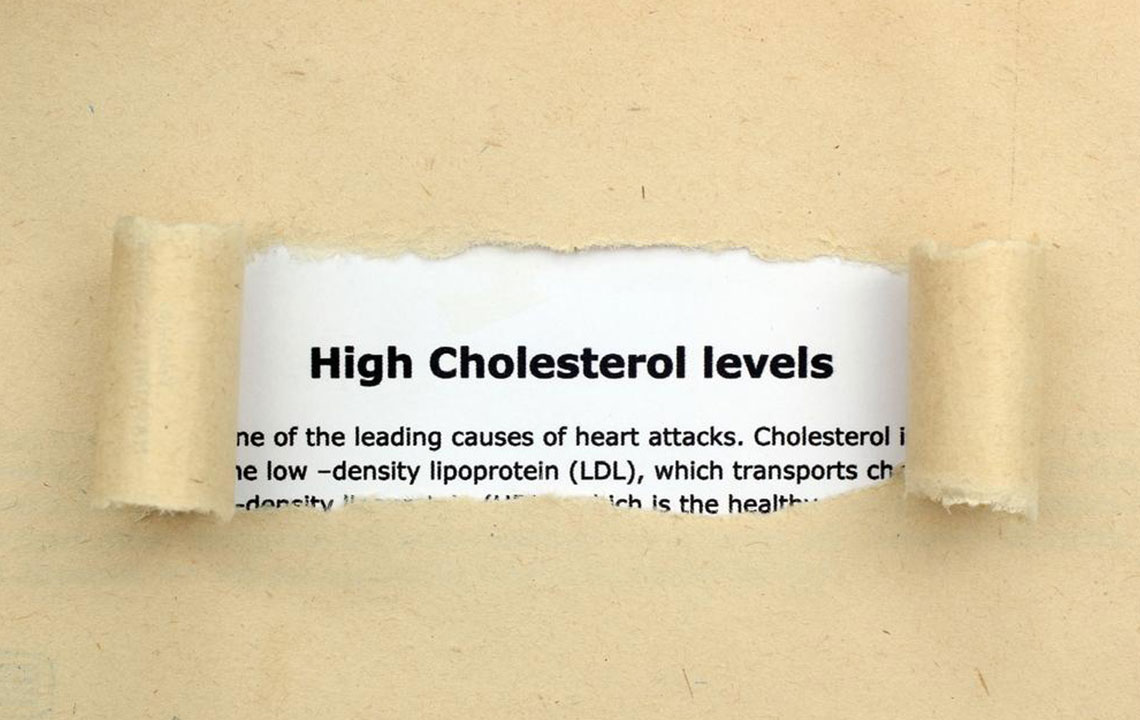
Comprehensive Guide to Cholesterol and Heart Health Management
Cholesterol is an essential lipid that plays a critical role in maintaining various physiological functions in the human body. It is a fundamental component of cell membranes, contributing to their stability and fluidity. Additionally, cholesterol is a precursor for synthesizing vital hormones such as testosterone, estrogen, and cortisol. It also aids in the production of bile acids necessary for digesting fats and facilitates the synthesis of vitamin D, which is crucial for bone health and immune function. The majority of cholesterol in the body is produced endogenously by the liver, with a smaller portion derived from dietary intake.
Understanding cholesterol's role and maintaining optimal levels are vital for preventing cardiovascular diseases. Notably, women tend to be more susceptible to developing elevated levels of LDL, commonly known as 'bad' cholesterol. Elevated LDL levels are often associated with increased abdominal fat accumulation, which further exacerbates cardiovascular risk. Approximately one in six adults worldwide faces challenges related to unhealthy cholesterol levels, a statistic that underscores the importance of regular health monitoring. Additionally, rising obesity rates among children have prompted greater concern among healthcare providers about early-onset lipid disorders. Although some cholesterol is necessary for normal bodily functions, excess levels of LDL can lead to serious health consequences, including the development of arterial blockages that impair blood flow to vital organs.
Maintaining balanced cholesterol levels is fundamental to sustaining good heart health. For adults, an optimal total cholesterol level should be below 200 mg/dL. Levels that surpass this threshold are considered borderline high-risk, necessitating lifestyle intervention or medical management. Routine cholesterol screenings are recommended at least once every five years, but high-risk individuals may require more frequent testing. Cholesterol is transported through the bloodstream via specific lipoproteins: LDL, which carries cholesterol to tissues and can contribute to plaque formation, and HDL, which performs the critical role of transporting excess cholesterol back to the liver for processing and excretion. Proper regulation of these lipoproteins is essential for mitigating the risk of cardiovascular diseases.
The diet plays a pivotal role in influencing cholesterol levels. Research consistently demonstrates that managing high LDL cholesterol significantly reduces the likelihood of developing heart-related complications. Over time, excess LDL deposits fats on the inner walls of arteries, leading to a condition known as atherosclerosis, characterized by arterial narrowing and stiffening. These deposits can obstruct blood flow, increasing the risk of heart attacks and strokes. Conversely, HDL, often called the 'good' cholesterol, facilitates the removal of LDL from circulation by transporting it to the liver for breakdown and elimination.
Elevated levels of VLDL (very low density lipoprotein), another type of lipoprotein involved in triglyceride transport, are linked to heightened cardiovascular risk, although VLDL isn’t routinely measured directly. Normal VLDL levels typically fall within the range of 5 to 40 mg/dL. Lifestyle factors significantly influence these lipoprotein levels. For instance, unhealthy diets rich in saturated fats, trans fats, and refined carbohydrates contribute to increased LDL and VLDL concentrations, whereas a balanced diet rich in fiber, healthy fats, fruits, and vegetables actively promotes healthier lipid profiles.
Angelina and children, particularly those with a family history of high cholesterol or cardiovascular disease, should begin screening from the age of 20. Risk factors such as smoking, genetic predisposition, advanced age, and sedentary lifestyles further elevate the threat. Engaging in regular physical activity — ideally 30 minutes of moderate-intensity exercise daily — combined with weight management and dietary improvements, can effectively lower LDL and VLDL levels. While medications such as statins may be necessary for some individuals, lifestyle modifications remain the most sustainable and foundational approach to sustaining healthy cholesterol levels and reducing heart disease risk.
